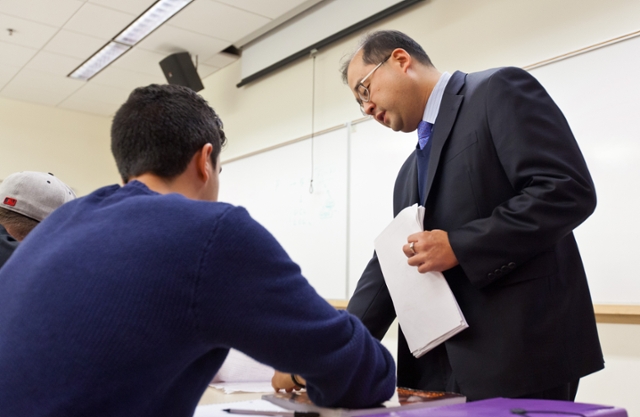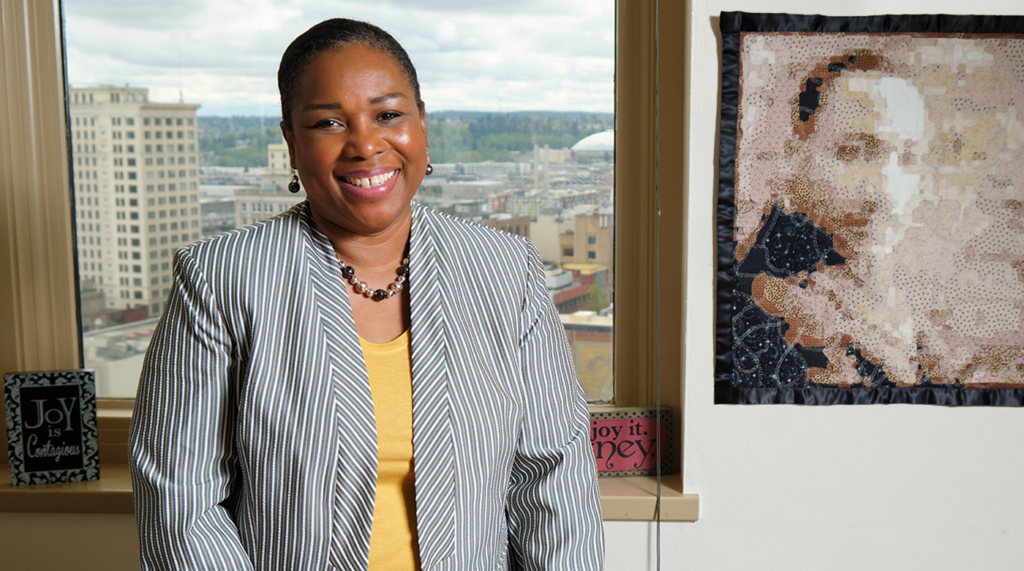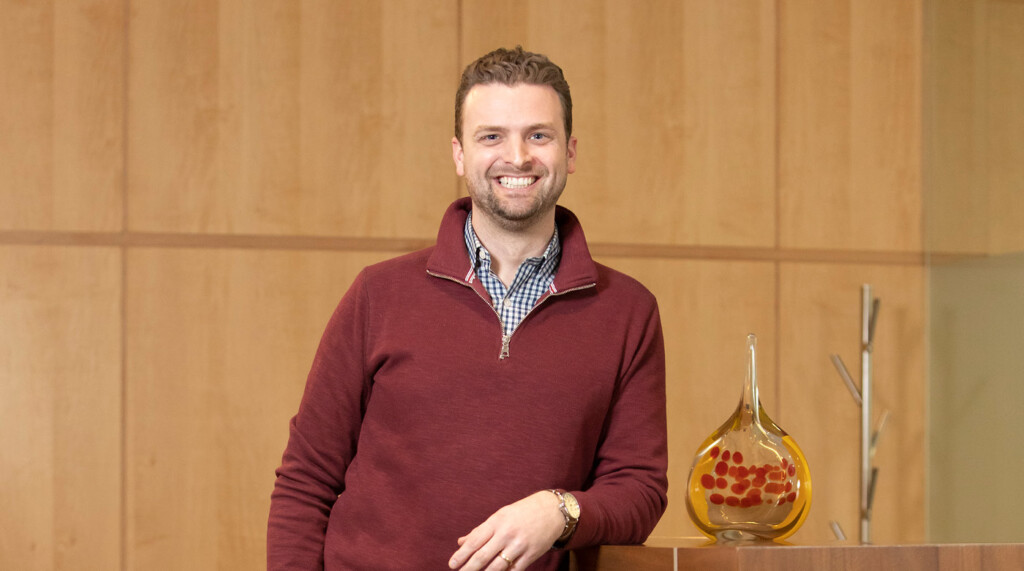Page 2 • (231 results in 0.019 seconds)
-
University of Texas Southwestern has summer research fellowships in Chemistry, Biological Chemistry, Molecular Biology, Biomedical Engineering, Biophysics, Cancer Biology, Pharmacology, Neuroscience, Systems Biology, and other fields. $4000 fellowship. Application deadline is February 9th .
UT Southwestern Biomedical Sciences Summer Research Posted by: Craig Fryhle / February 6, 2015 February 6, 2015 University of Texas Southwestern has summer research fellowships in Chemistry, Biological Chemistry, Molecular Biology, Biomedical Engineering, Biophysics, Cancer Biology, Pharmacology, Neuroscience, Systems Biology, and other fields. $4000 fellowship. Application deadline is February 9th. Read Previous Laurence D. and Bonny M. Huestis Endowment for Faculty/Student Summer Research
-

John Evanishyn ‘21 grew up in Tacoma, exploring Point Defiance Park, Ruston Way waterfront and other urban green spaces. By high school, he had learned enough from his dad to become a skilled forager, someone who knew his capstones from his shaggy ink caps. (Those…
wholeheartedly embracing solar power, geothermal energy, wind turbines and other renewable power sources. “The fact that almost all their energy — I think 98 percent of it, at this point — is running on those things was just crazy to see,” Evanishyn said. “That just really impressed me with the resilience factor and the possibility of a green future. So many times in studying environmental stuff, it’s easy to feel hopeless and see how slow change comes — especially in countries like the U.S. So being in
-
Summer Research in Computational Biology at the University of Pittsburgh Students will receive classroom training in topics pertinent to the emerging field of computational biology, such as computational structural biology, cell and systems modeling, computational genomics, and bioimage informatics, in addition to a wide variety…
TECBio REU at University of Pittsburgh Posted by: nicolacs / December 11, 2019 December 11, 2019 Summer Research in Computational Biology at the University of Pittsburgh Students will receive classroom training in topics pertinent to the emerging field of computational biology, such as computational structural biology, cell and systems modeling, computational genomics, and bioimage informatics, in addition to a wide variety of theoretical and experimental research projects. Students will
-
by John Struzenberg After Before Spring is a time for renewal, cleaning, and most importantly: technology upgrades. PLU has been humming away this spring and the same is true for the folks in classroom and event technologies. As the systems around campus get older, the…
Spring 2017 Venue Upgrades Posted by: Jenna S / May 12, 2017 May 12, 2017 by John Struzenberg After Before Spring is a time for renewal, cleaning, and most importantly: technology upgrades. PLU has been humming away this spring and the same is true for the folks in classroom and event technologies. As the systems around campus get older, the ability to rely on and service those systems diminishes. This is where our upgrades come in. Two spaces in particular were identified as “on their last
-

Assistant Professor Brian Maeng works with a student in class. Maeng teaches Operations Management and Management Information Systems at Pacific Lutheran University. (Photo by John Froschauer) PLU’s School of Business ranked as one of the best in the U.S. Pacific Lutheran University’s School of Business…
October 11, 2013 Assistant Professor Brian Maeng works with a student in class. Maeng teaches Operations Management and Management Information Systems at Pacific Lutheran University. (Photo by John Froschauer) PLU’s School of Business ranked as one of the best in the U.S. Pacific Lutheran University’s School of Business is one of the nation’s most outstanding business schools, according to The Princeton Review. The company features the school in the new 2014 edition of its book, The Best 295
-

What I saw at the Capitol this week was no surprise. There are no words to describe how sickening it was to witness this attack on our democracy, it was shocking, but it wasn’t a surprise. To put it plainly, we have deeply rooted systems…
President Belton’s Statement on Insurgence at the Capitol Posted by: Silong Chhun / January 8, 2021 January 8, 2021 What I saw at the Capitol this week was no surprise. There are no words to describe how sickening it was to witness this attack on our democracy, it was shocking, but it wasn’t a surprise. To put it plainly, we have deeply rooted systems in this country that collectively excuse and perpetuate violence—specifically racist violence—and we need to take meaningful action to address
-

Lisa Woods ’92 leads initiatives to help improve systems and services as the City of Tacoma’s chief equity officer. She says her approach to this work starts with listening and continuously thinking about how best to center community voices, experiences and needs. How can centering…
Centering the City: Lisa Woods ’92 discusses her work as Tacoma’s chief equity officer Posted by: Zach Powers / November 3, 2022 November 3, 2022 By Zach PowersResoLute EditorLisa Woods ’92 leads initiatives to help improve systems and services as the City of Tacoma’s chief equity officer. She says her approach to this work starts with listening and continuously thinking about how best to center community voices, experiences and needs.How can centering community voices help lead to more vibrant
-

Michael Burris ’09 worked at the intersection of business and healthcare since before even graduating from PLU with a business major and economics minor . While in his third year at PLU, he began an internship with MultiCare Health Systems, working as the CFO’s “right-hand…
third year at PLU, he began an internship with MultiCare Health Systems, working as the CFO’s “right-hand man.” He was offered a job before graduation. Now, Burris lives in North Tacoma with his wife Claire and 18-month-old son Van and has worked at Sound Physicians for eight years. As regional president, Burris delivers Sound Physicians’ strategic and operational management of inpatient care for health systems nationwide, and leads a dynamic team that measurably improves quality, satisfaction and
-
A student messaged me on my Facebook page the other day with an article on college rating systems. Along with messaging her back my response, I thought to share my opinion here with you. Hi President Krise, I’m eager to hear your thoughts on this…
Response to PolicyMic article: ‘The Obama Administration Finally Has An Answer to Student Debt — And Colleges Hate It’ Posted by: Thomas Krise / May 27, 2014 May 27, 2014 A student messaged me on my Facebook page the other day with an article on college rating systems. Along with messaging her back my response, I thought to share my opinion here with you. Hi President Krise, I’m eager to hear your thoughts on this issue: The Obama Administration Finally Has An Answer to Student Debt — And
-
As an Engineering Intern you will assist in providing and maintaining the departmental computing and functional systems capability for the Resource Operations & Trading group, which is a mission critical 24/7 operation. The Resource Operations & Trading group optimizes Tacoma Power’s Resource portfolio through efficient,…
Paid Engineering Internship with Tacoma Power Posted by: nicolacs / April 11, 2023 April 11, 2023 As an Engineering Intern you will assist in providing and maintaining the departmental computing and functional systems capability for the Resource Operations & Trading group, which is a mission critical 24/7 operation. The Resource Operations & Trading group optimizes Tacoma Power’s Resource portfolio through efficient, reliable dispatch of generation resources to maximize wholesale energy sales
Do you have any feedback for us? If so, feel free to use our Feedback Form.


